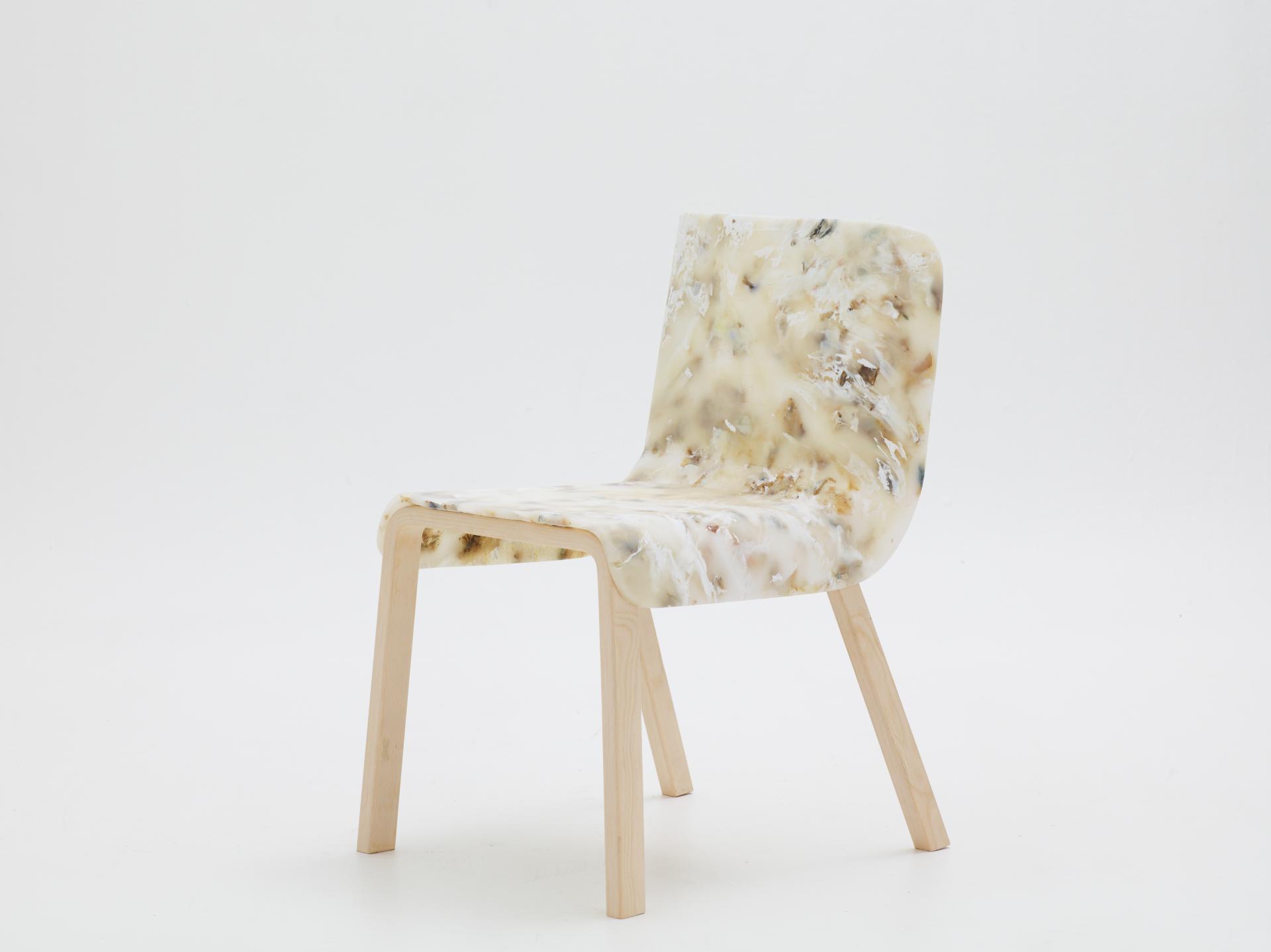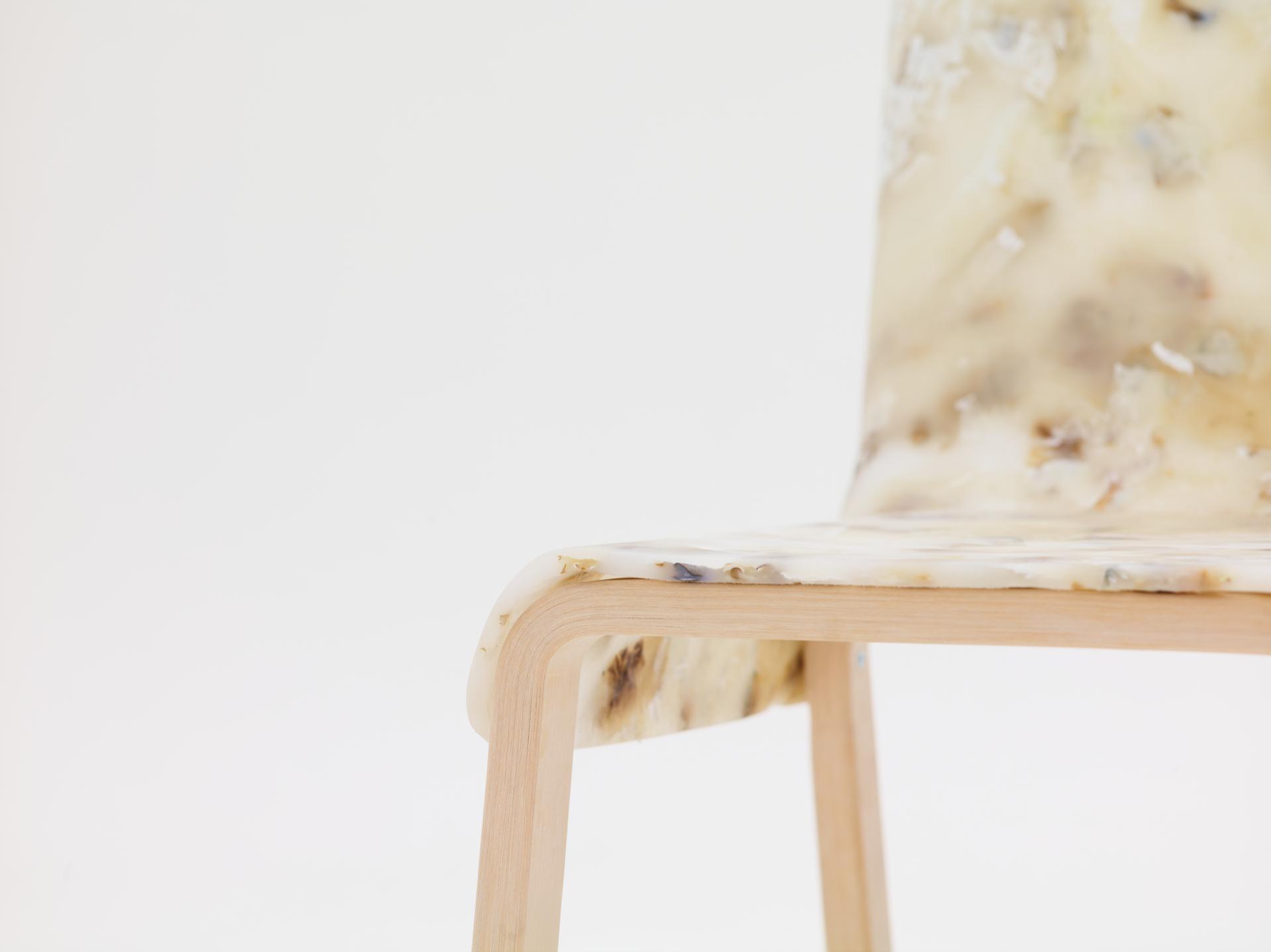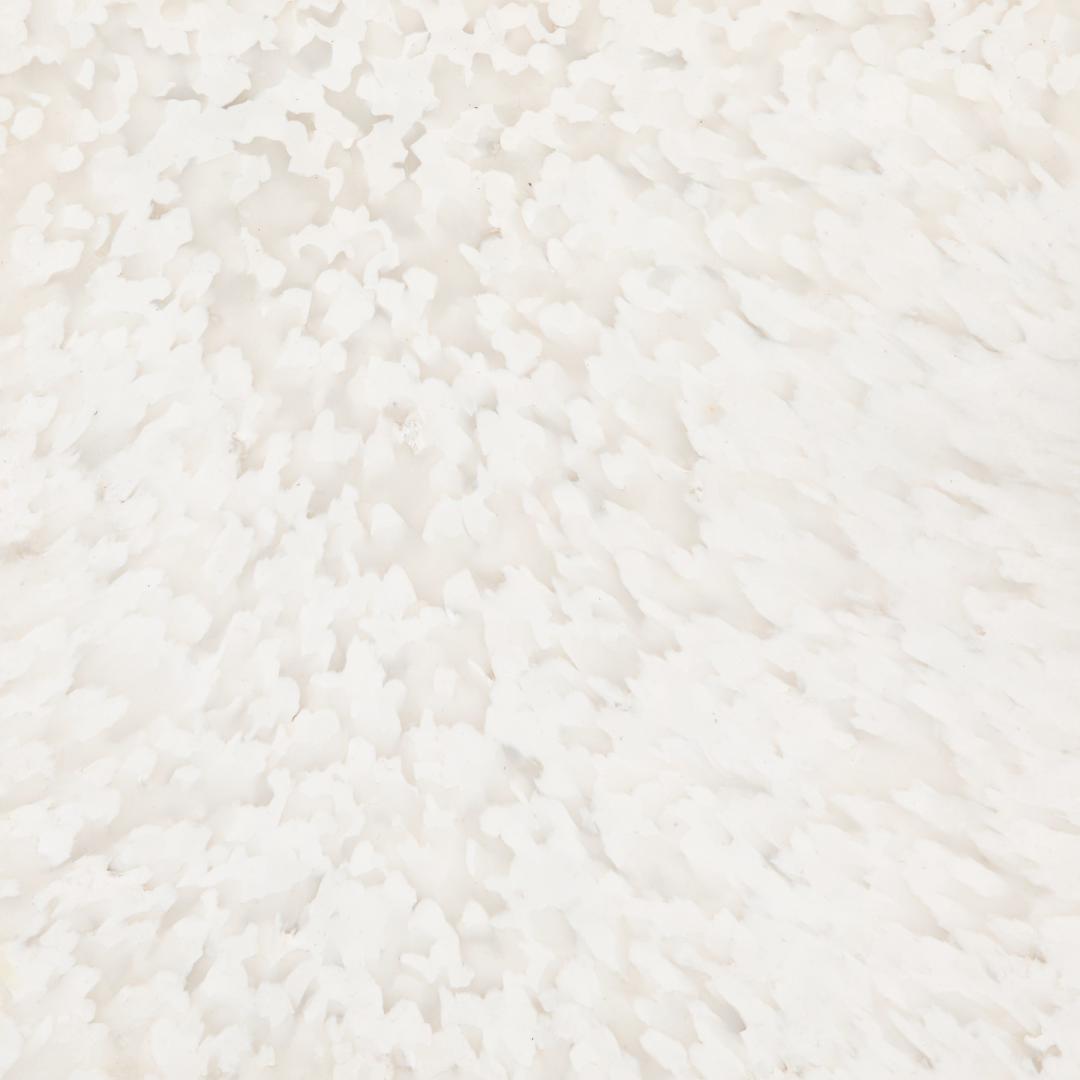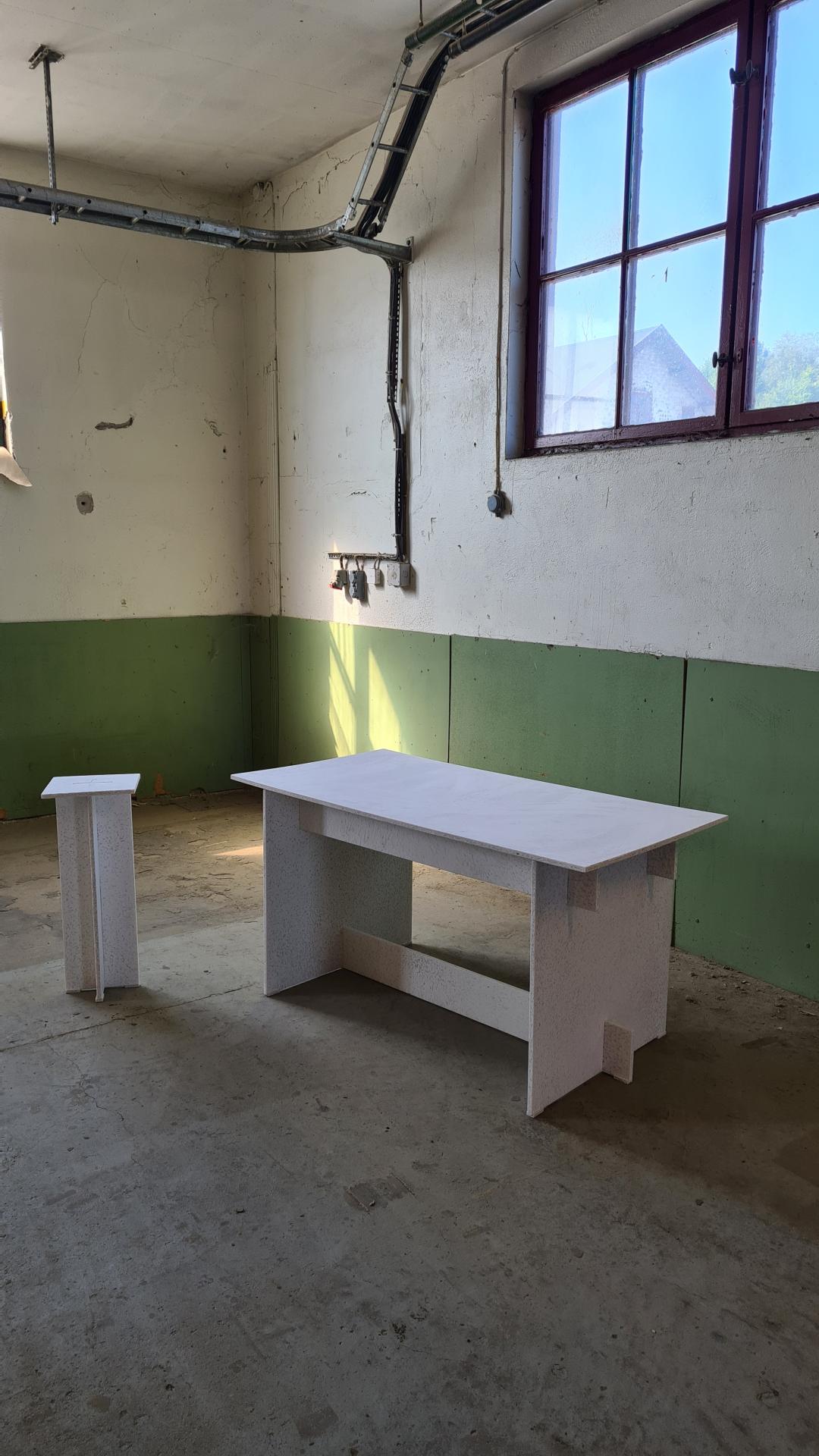Our Ambitions
Basic information
Project Title
Full project title
Category
Project Description
Man's linear approach to plastic has resulted in a world of massive plastic pollution with devastating consequences for humans, the climate and our earth. The project is about the contribution of creating a circular society where all materials are recycled and reused. Through a new methodology, we can change the consumer's approach to plastics, apply circular production methods in the furniture industry and educate the user about the potential for waste for reuse.
Geographical Scope
Project Region
Urban or rural issues
Physical or other transformations
EU Programme or fund
Which funds
Description of the project
Summary
In 2019, I (Anton Kreü) completed my degree project, which was about how we can create furniture that does not burden our environment by recycling plastic waste. After the end of the year, my current partner Angelo Da Silveira and I realized what a great need there was in the market and developed the idea to start the company Our Ambitions. During 2020-2021, we started our project, to develop a production methodology to manufacture products from 100% recycled plastic with visual properties that create an artistic expression and tell about the material's provenance.
Since mid-2021, we have now been able to offer our consumers a new material on the Swedish market where we at Our Ambitions design, manufacture and sell locally produced high-end products for interior design and public decorations of recycled plastic - plastic that otherwise pollutes our nature and that poses a major climate threat both locally and globally. We reuse plastic that is otherwise incinerated, buried or end up as garbage in our nature and turn it into new products that are not only challenging and timeless, but that also innovate the world and the society we live in. When the customer buys our products, they automatically contribute to a better environment and in this way we together reduce the greenhouse effect and contribute to a more sustainable production and consumption.
Through our manufacturing technology, we inspire the furniture and plastics industry towards a sustainable future. Our vision is to change society's image of plastic – from junk and disposable consumption to something valuable and renewable. We can achieve this by creating attractive products from recycled plastic that increase the popularity and value of this involuntary natural resource, both at the producer but also at the consumer.
Key objectives for sustainability
We at Our Ambitions use compression moulding technology to recreate our material of 100% plastic waste. By developing an already well-known production method into a different format, we can create new materials that will revolutionize the market and how we as consumers view plastic today. By applying design and artistic expression, the material acquires visual properties that cannot be achieved through extrusion used by the major plastics industries today.
As a result of our developed methodology, we have done several projects with various Swedish companies such as Chimi, Lammhult and Poc where we have been able to offer our corporate customers a more circular approach to their own waste. The projects have been about exploring the possibilities of companies being able to hand in their plastic waste and recycle the material again and recreate new products that go back into the company. In this way, break a linear approach and instead apply a circular produktion, economy and slow down the new production of virgin plastics.
The problem with not recycling plastic waste is that if it ends up in landfills, it can lead to dangerous chemicals getting into our ecosystem through, among other things, leachate. When we burn plastic waste to extract energy, we emit a lot of emissions that affect the greenhouse effect. According to FTI, co2 emissions are reduced by two kg for every kilogram of recycled plastic. The Swedish Environmental Research Institute analyzed the greenhouse effects of energy extraction through combustion versus recycling. Here it was measured that there were about four times more emissions of CO2, CH4 and N02 during combustion, as these gases contribute to the greenhouse effect.
Through our material, we can make it more attractive for companies to use recycled plastic and save on emissions that negatively affect our climate. Simply put reducing the climate change
Key objectives for aesthetics and quality
The implementation of the project shows that it is possible to create an attractive material if it fills the gap between reuse and exclusive materiality. The material can be combined in different color combinations according to available material and structured in different combinations to create exciting patterns in a material that can then be used in manufacturing industries such as construction, furniture, interior design, architecture, art and fashion, etc.
The project is based on increasing the recycling of plastic waste, because we must create a material that the market desirable, but it has always been our ambition that in its materiality it should be able to inform and tell the user / consumer about reuse. Thoughts and questions should arise when you intrigue with the material that you may not otherwise ask yourself. What kind of material is it, how did it come about and why?
Key objectives for inclusion
During the phase of the project, we have included various actors that are part of both the private and public sectors. The plastic waste that we use in our manufacturing can be collected by different organizations and in this way we can involve different actors working to achieve a better climate. An example of this is that we have collected plastic waste that swedish sea rescue together with the organization HSR (keep Sweden Clean) picked up in the sea off the west coast of Sweden. A material that has later been used to produce trays that we provide to our customers. We believe this is a leading example where different organizations can work together to work for a better climate. Being a show of accessibility was important in the project and we therefore chose to spread our lessons and information through our channels and be active in Sweden. In this way, we show transparency and can inform and educate society about the possibilities of recycling plastics and the positive effects of recycling. We have made our material available through our website where we offer everyone to buy and recreate new products from our recycled materials.
Results in relation to category
The project to develop methodology to be able to produce 100% recycled material with artistic expression height has resulted in:
The creation of the company www.ourambitions.se through our new platform we can make both materials and information available to our companies, industries and the general public.
Since 2021, we have used about 2 tons of plastic in our production, which according to FTI; The net reduction amounts to about 2.8 kg CO2 eq./kg) Which means a reduction of 5.6 tons of CO2 than if it had gone to combustion instead.
Through the project, we have created good relationships between the recycling industries and furniture and fashion companies and today serve as a bridge between the two units.
The material created during the project has been shown at various exhibitions such as EX-Works at the Furniture Design Museum in Stockholm and a National Exhibition Young Swedish Form organized by Svensk Form, The City of Malmö, Ikea and kulturhuset Stockholm.
How Citizens benefit
According to Clean Europe Network's 2014 assessment, the drop-down in Europe costs about SEK 250 per inhabitant annually. The exact amount is difficult to understand as only 16% of Swedish municipalities make actuarial calculations on the costs of handling littering.
Who is responsible
Much of the waste that ends up in nature is due to the individual, regardless of age and gender. Although we are becoming increasingly environmentally conscious, people admit that they litter sometimes. According to a survey by HSR, with the help of Statistics Sweden from 2014-2015, 20% said they would consider throwing or leaving rubbish on the ground. Of the 20%, the overwhelming reason was that it was because there was no trash can nearby or the belief that it was compostable (Statistics Sweden 2015). Another survey, conducted by HSR and Novus 2018, showed that half of the Swedish population thinks that littering has increased and become a major problem. HSR's latest report sets out three main reasons why we humans litter. It is partly social norms, partly comfort and partly that one feels no responsibility. Although the social norm tells us not to litter, in most cases, the convenience takes over. According to HSR, litter breeds more litter. It has been seen that places that are already in our nature affect and can cause subsequent people to add waste to the already existing plastic
So when we saw this statistics , we wanted to instill in our project to try to change the public mindset and make others realize that plastic is not garbage and start treating it as something valuable. The idea is based on the idea that if we can get others to see the end result as something beautiful and appealing, people can also be open to wanting to understand the process. Finally, understand that if we take care of plastics and littering, we can abandon our linear approach that society has towards plastics and acquire a circular society at large.




